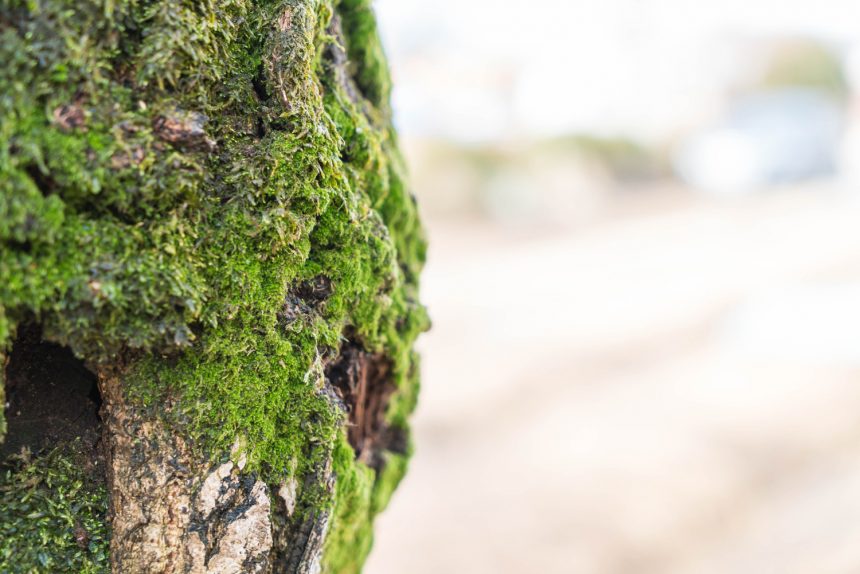The Resurgence of Moss in City Environments: Exploring Nature’s Green Revolution Amid Urban Challenges
Over the past few years, there’s been a quiet but noticeable shift happening in how cities look and feel. Moss, that humble, velvety green plant we often associate with shaded forest floors or damp walls, is making a serious comeback in urban landscapes worldwide. You might think of moss as just a filler between rocks or a sign that someplace is, well, perpetually damp, but in reality, it’s becoming a superstar in city planning and landscape design—and for good reason.
So, why this sudden renewed interest? Well, urban environments face several big challenges these days: pollution levels are climbing, climate change is making weather more unpredictable, and green spaces are often scarce and hard to maintain. Enter moss. This tiny plant offers a natural, eco-friendly solution that ticks many boxes for modern cities.
One of moss’s superpowers is its ability to thrive in areas where traditional plants often struggle—think shady spots, rocky slopes, or soil that’s just not rich enough. Unlike grass or flowerbeds, moss doesn’t need a lot of sunlight, fertilizer, or constant watering. It’s low-maintenance and hardy, meaning it can survive periods of drought, pollution, and tough urban conditions. This resilience makes moss an ideal candidate for creating green patches in places that look otherwise neglected or unremarkable.
Moreover, moss is a champion for the environment. It naturally absorbs carbon dioxide—helping cities meet their climate goals—while also filtering airborne pollutants such as dust, heavy metals, and particulate matter. Projects that incorporate moss can significantly improve air quality, which is a major issue in urban centers. Plus, it contributes to reducing urban heat islands—the phenomenon where city streets and buildings trap heat, making cities warmer than surrounding rural areas.
Sustainability is another big part of this moss revival. As urban planners and landscapers look for ways to build smarter, greener cities, moss fits perfectly into eco-friendly landscaping strategies. It’s inexpensive to install, doesn’t demand pesticides or fertilizers, and reduces water consumption—meaning fewer resources are needed to keep it lush. Thanks to research advances and innovations in horticulture, cultivating moss has become easier than ever, opening up opportunities for communities and professionals to experiment and incorporate it into a diverse range of projects.
In summary, moss is not just making a comeback; it’s reshaping how we think about green spaces amidst concrete jungles. It aligns well with the goals of creating healthier, more resilient, and more sustainable urban environments. From green roofs to green walls, moss is quietly leading a green revolution that shows sometimes, the smallest plants can have the biggest positive impact on our cities.
How Moss Is Transforming Urban Spaces: A Low-Key Green Superstar Changing Cityscapes for the Better
If you’ve been strolling around recent cityscapes—whether through parks, alleyways, or even building facades—you might have noticed sudden patches of soft, velvety green creeping into unexpected places. That’s moss, showing up and making its mark as a versatile, eco-friendly element that’s transforming urban design.
You might wonder, “Why moss? Aren’t there more colorful, eye-catching plants to choose from?” The answer is simple: moss is incredibly tough and adaptable. It doesn’t need nutrient-rich soil, frequent watering, or fancy fertilizers. In fact, it can grow in places where most plants would give up—on shaded walls, rocky outcroppings, even on rooftops. That makes it perfect for city spaces that are often shaded, neglected, or underused. It’s like nature’s way of turning unlikely spots into lush green retreats.
And it’s not just about looks. Moss also acts as a natural air purifier. Its tiny leaves trap dust and absorb pollutants, cleaning the air we breathe—something big cities desperately need. Plus, moss helps insulate buildings, keeping them cooler in summer and warmer in winter, which can help reduce energy costs and reliance on climate control systems.
Designers are increasingly discovering creative ways to use moss to boost urban aesthetics. It’s showing up on vertical gardens—think ‘living walls’—on roof terraces, even as part of decorative installations. Some architects are covered facades with moss to add a splash of natural beauty in ways that are both sustainable and low-maintenance. Imagine walking past a building that looks like it’s been seamlessly blended into the forest, even in the middle of a busy city street—that’s the power of creative moss application.
Beyond its visual appeal, moss is a quiet city hero because it demands so little. No mowing, no watering schedules, no fertilizer runs—just occasional maintenance to keep it looking fresh. Since it requires minimal resources, moss-based projects are budget-friendly and have less environmental impact compared to traditional landscaping.
There’s also a strong movement toward biophilic design—creating cities that connect people with nature. Moss fits right into this trend. Its gentle, understated green provides a calming, natural touch amidst urban chaos, helping improve mental health and well-being for city residents.
Overall, this underestimated plant is quietly revolutionizing urban landscapes—turning drab, neglected corners into tiny green sanctuaries, and adding a layer of sustainability to city living. As more designers and city leaders embrace moss, we’re likely to see more innovative, eco-friendly projects that make our cityscapes not only greener but more inviting and resilient.
Would you like me to add more details, examples of successful moss projects, or practical tips for incorporating moss into your own urban space?





